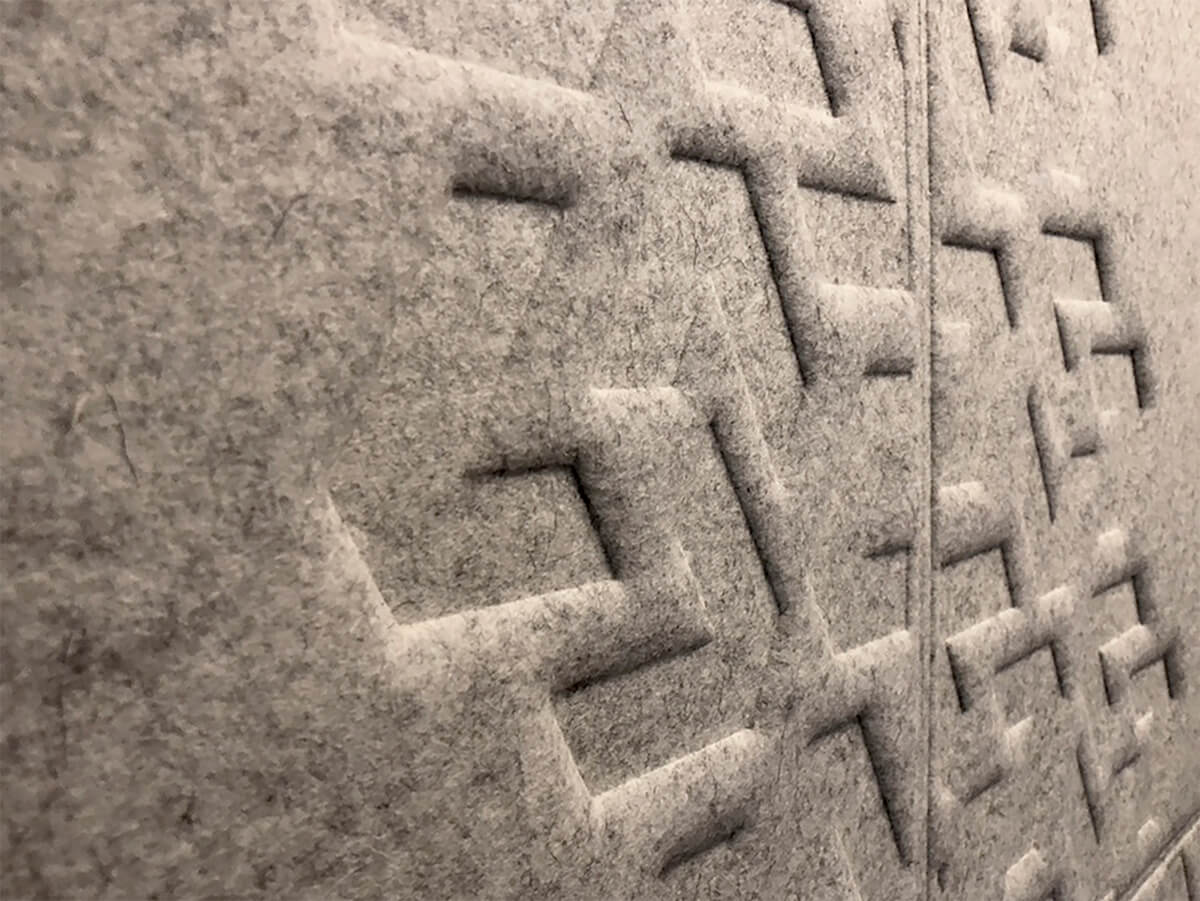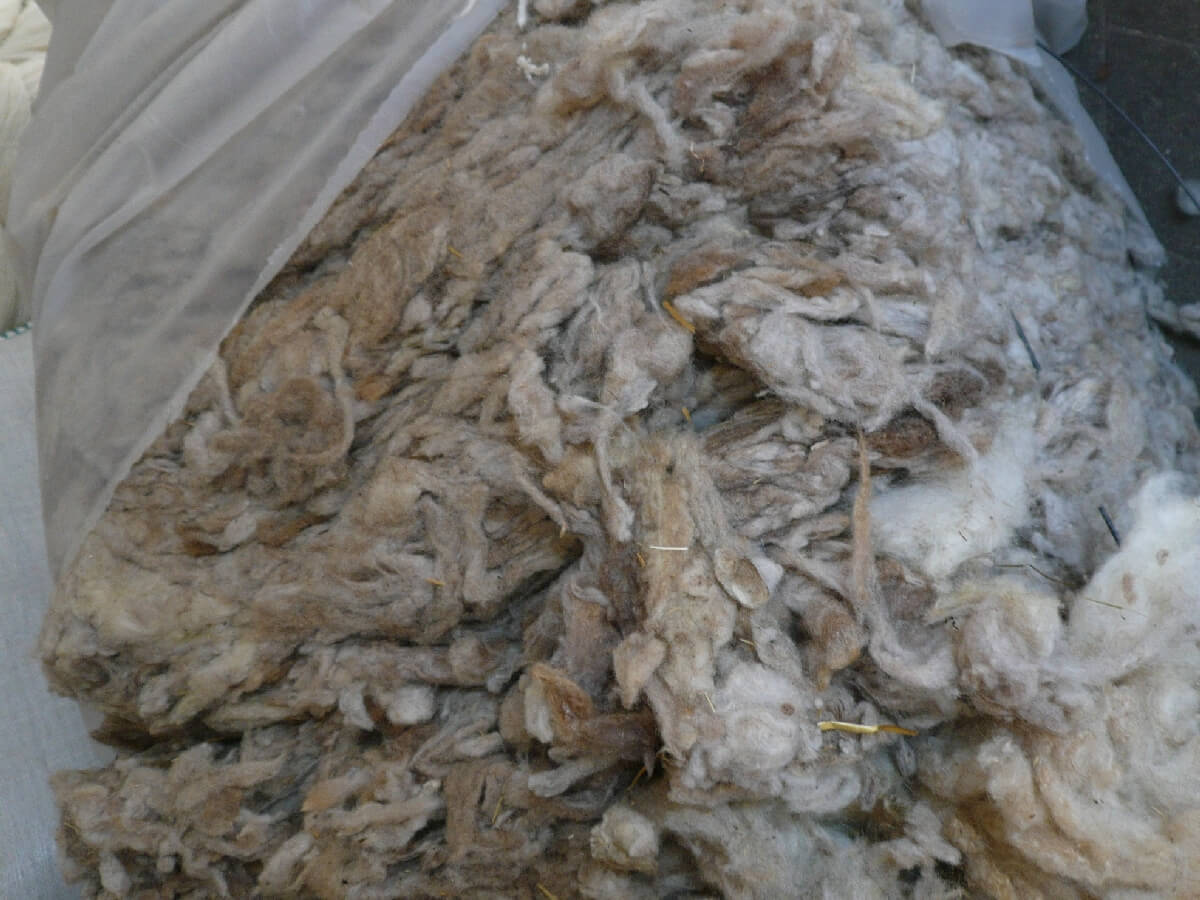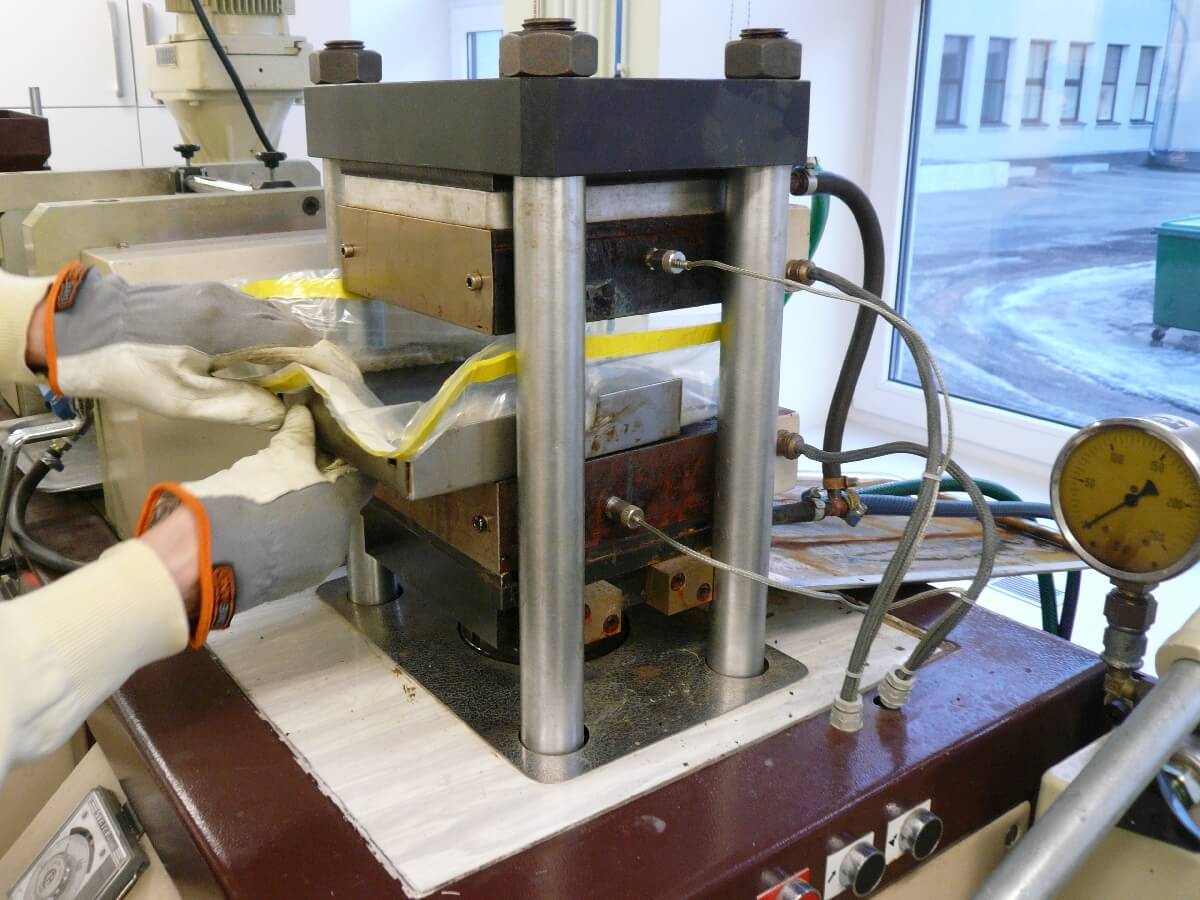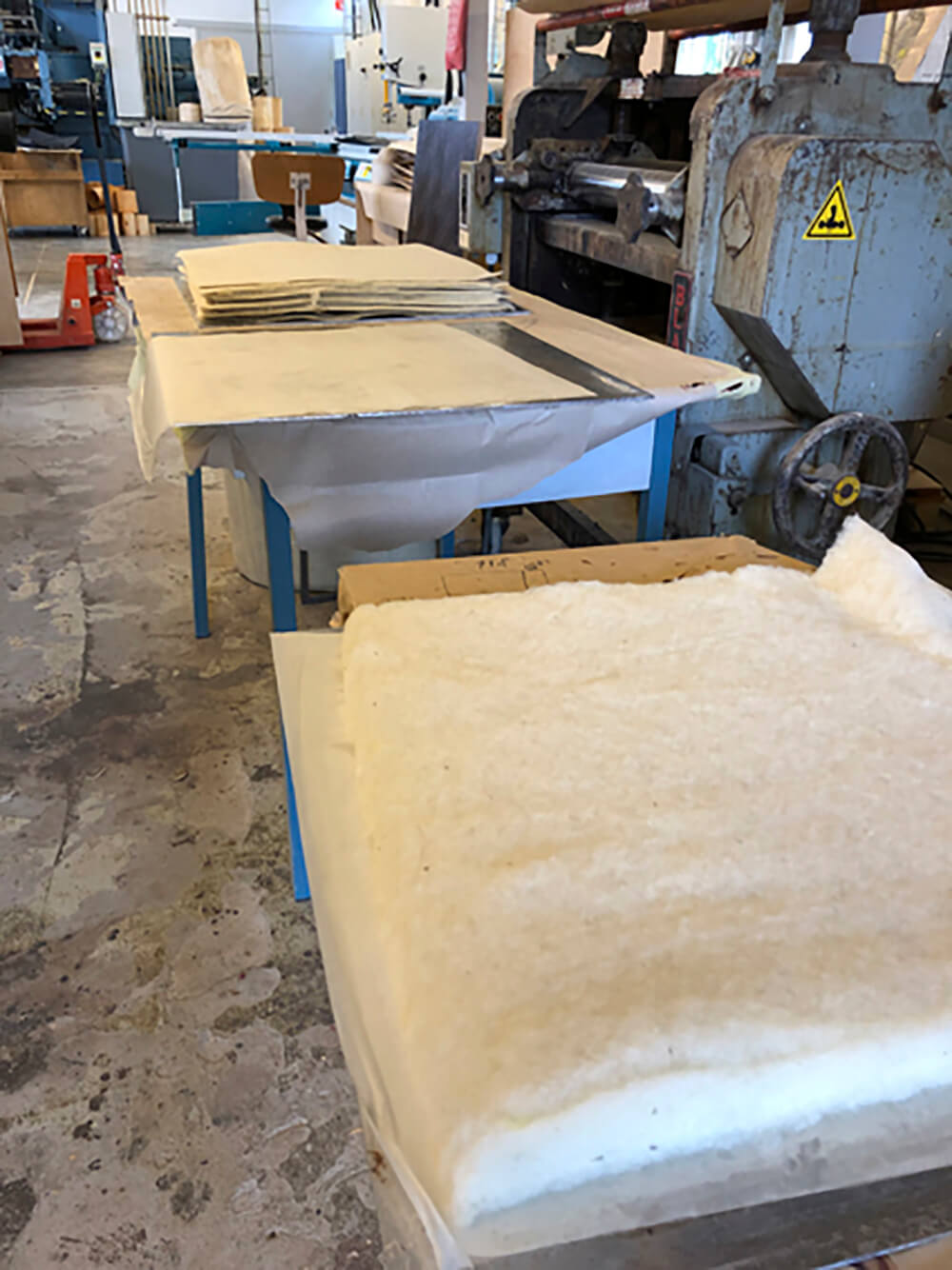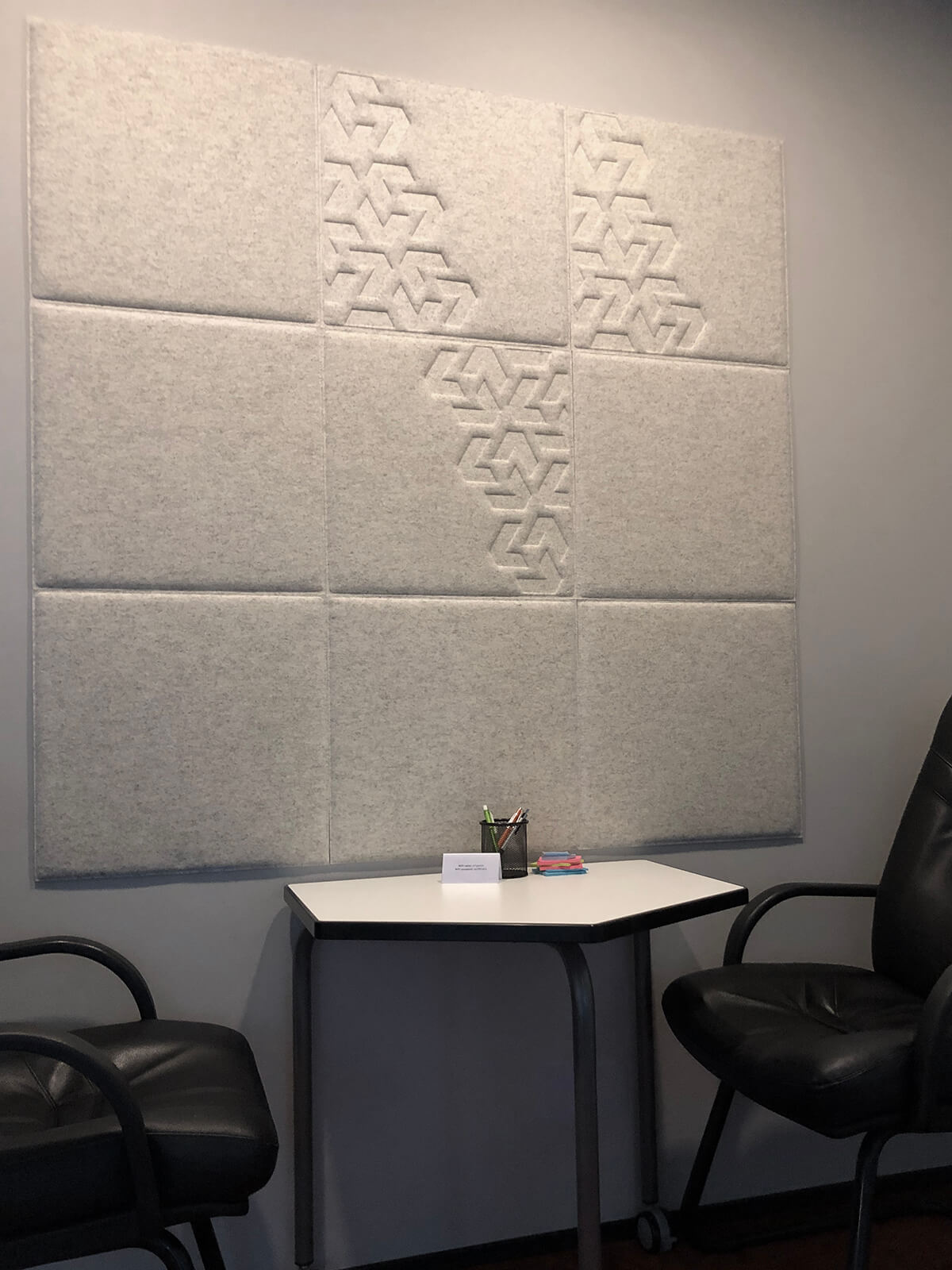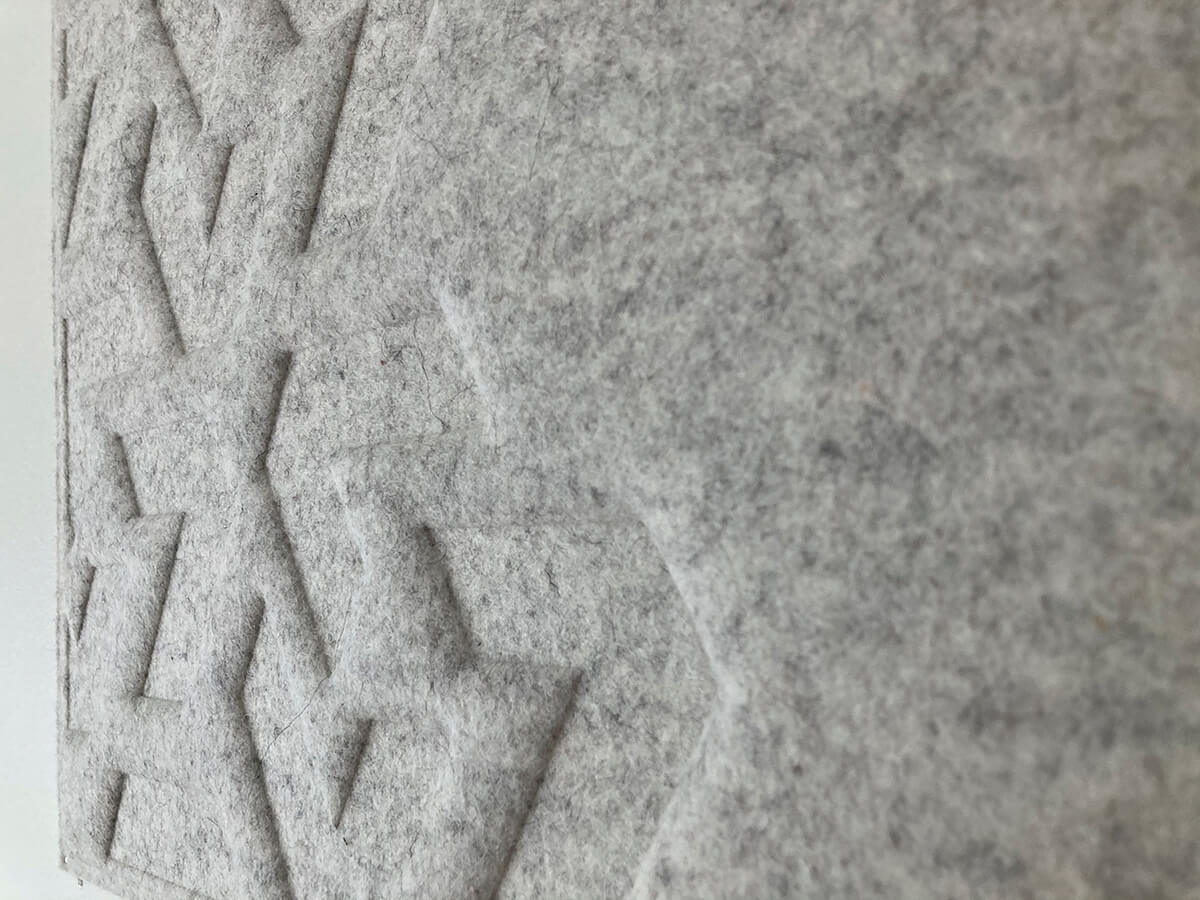The creation of the wool composite began in 2013 in cooperation with Aare Aruniit, a researcher at Tallinn University of Technology, to find a technological solution for the application of wool that does not meet the standards of the textile industry as a reinforcement of composite material.
The reason for creating the wool composite was the development of sheep breeding in Estonia and in the wider world, where the focus is on the breeding of meat breeds and not enough attention is paid to the quality of wool. Wool has become a by-product of meat production, which is tried to get rid of as cheaply as possible, even by burning and burying it. However, despite the non-standard nature of the fiber, they carry all the unique physico-chemical properties attributed to wool, which is why wool can be called a naturally high-tech fiber.
There were two important preconditions for developing the material:
- the production of the material must not depend on the external parameters of the fibers, ie wool of any quality is used;
- The material to be created must have the maximum possible wool content, i.e. so that as much residual wool as possible is used so that the material can be tactilely felt as wool (not plastic) and therefore the material can convey all the unique properties of wool.
The created solution has all the unique features of the villa, which make FlexiWool an ideal interior material. Like wool, FlexiWool is temperature insulating, sound absorbing, humidity regulating, air pollution reducing, antibacterial, antistatic, fireproof, recyclable and compostable at the end of its life. In addition, the created material allows 3D molding.
The wool content of the wall panels is 88% and the weight is 600 g / m2, the sound absorption coefficient in the range of 2000-4000 Hz is close to 1, i.e. the reflection of the sound wave is minimal.
Design Katrin Kabun, manufacturer OÜ FlexWool
